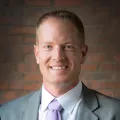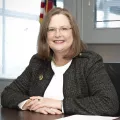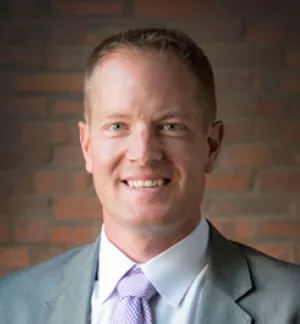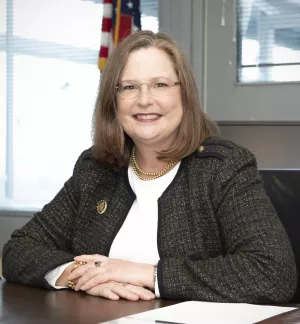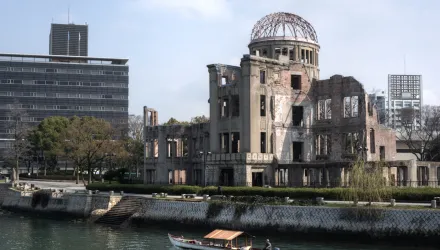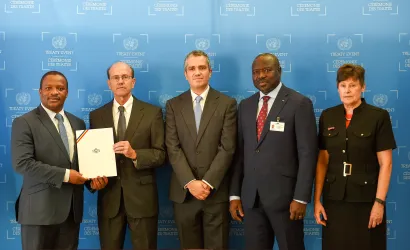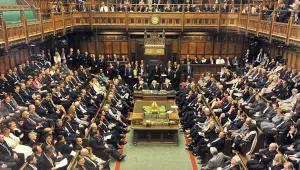
Countering Proliferation, Advancing Center’s Mission
As director of the effort to implement the ambitious Nunn-Lugar Cooperative Threat Reduction Program to secure the former Soviet Union’s nuclear arsenal, Laura Holgate visited remote weapons sites across Russia in the 1990s. Some of her foreign counterparts—not accustomed to seeing women in leadership roles—initially mistook her position. “They often misunderstood me as the accountant instead of the leader of the delegation,” she says. “So it took a little bit of time and repetition—and some gentle reminders from my male colleagues!”
No one would mistake Holgate’s leadership today. The former Ambassador and U.S. Representative to United Nations Vienna offices and International Atomic Energy Agency is coming full circle, returning as a senior fellow to the Belfer Center where she began her career as a staff member in 1990. At the Center, she will examine how multilateral institutions like the International Atomic Energy Agency, the Organization for the Prohibition of Chemical Weapons, and the World Health Organization can reduce threats from nuclear, chemical, and biological weapons and materials.
Among the Center’s signature contributions to public policy, few have had as much impact on global security as the timely research that helped keep the disintegrating Soviet Union’s stocks of nuclear weapons from falling into the wrong hands. Working with then Kennedy School professor and recent Defense Secretary Ashton B. Carter in the months that followed the Soviet Union’s breakup, Holgate helped develop the Center report that informed the Nunn-Lugar legislation. “In my view, this is one of the best examples of the collaboration between the academy and the government,” Holgate says.
Putting her research into action, Holgate moved to the Pentagon where she served as policy director for the Nunn-Lugar program. Its central insight, she recalls, was that the best way to address this historic WMD threat was through cooperation, not confrontation.
Holgate’s high-level service to the government includes seven years as Special Assistant to the President and Senior Director for WMD Terrorism and Threat Reduction on the National Security Council staff. At the White House, she played a major role in planning all four Nuclear Security Summits and co-led the effort to advance President Obama’s Global Health Security Agenda. Drawing on what former National Security Advisor Susan Rice called her “wisdom, talent, and exceptional leadership,” Holgate directed the global effort to destroy Syria’s declared chemical weapons stockpile and led America’s work to remove and secure excess highly enriched uranium and plutonium—the raw ingredients of nuclear weapons.
Although few people better exemplify the Center’s purpose to build a more secure, peaceful world, Holgate—with typical modesty—credits serendipity in shaping her professional journey. “I really owe my career to the Belfer Center,” she says.
Burek, Josh. Spotlight: Laura Holgate. "Countgering Proliferation, Advancing Center's Mission." Belfer Center Newsletter. Belfer Center for Science and International Affairs, Harvard Kennedy School. (Spring 2017).

